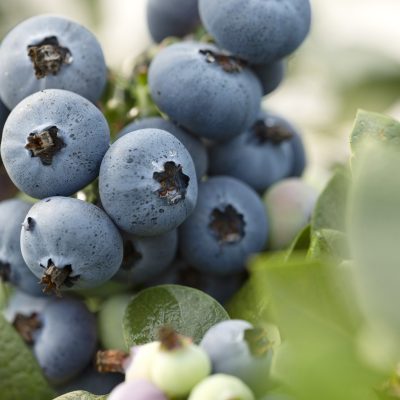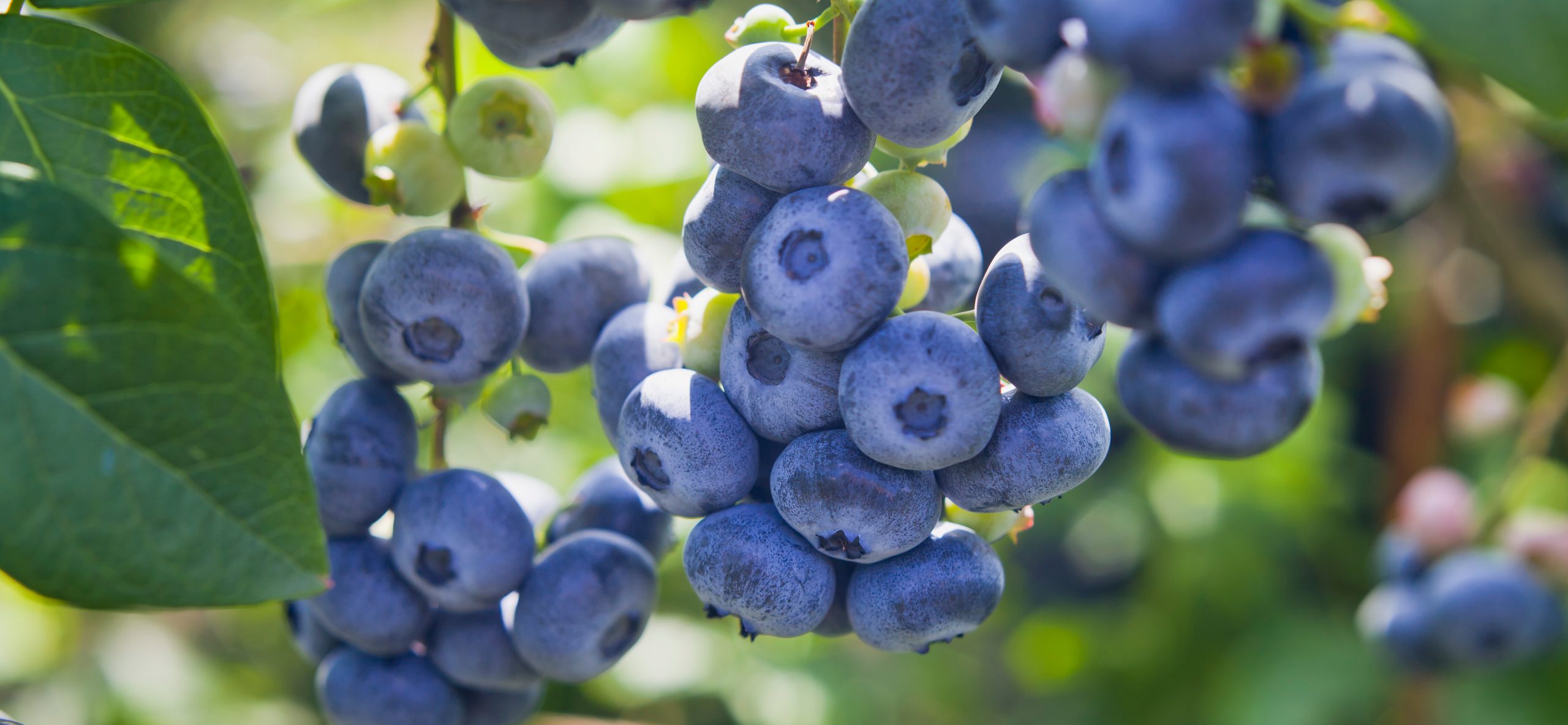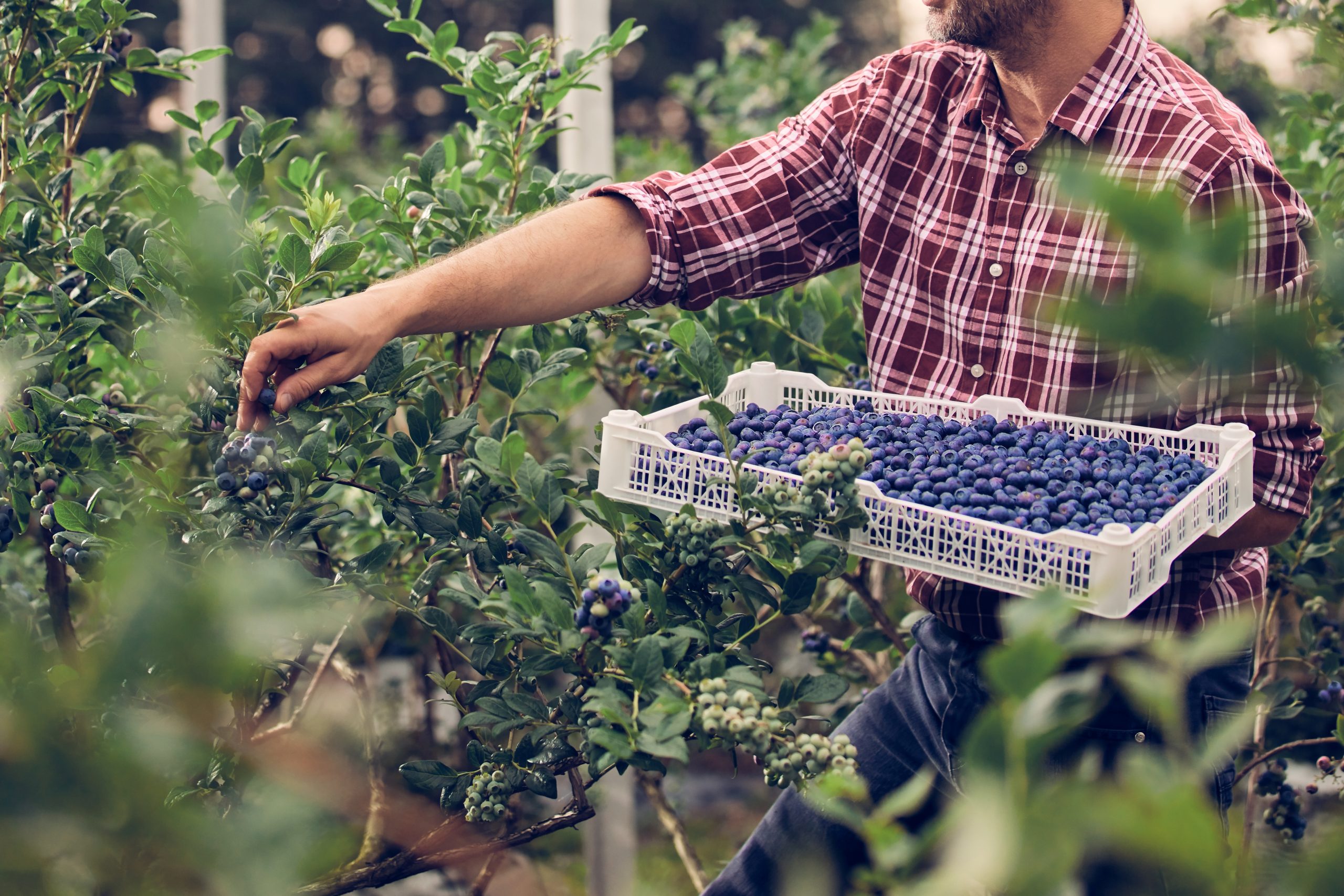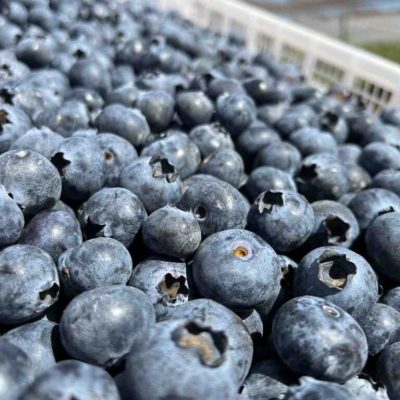Nova Scotia seeks proposals to grow wild blueberries on Crown land
The province wants more land dedicated to wild blueberry production.
“We’re very pleased,” Peter Rideout, executive director of the Wild Blueberry Producers Association of Nova Scotia, said of Monday’s announcement.
“It’s a project that we’ve been working with Natural Resources and the Department of Agriculture on for a couple of years, to get this pilot project going to see if there were areas of Crown land in the blueberry-growing areas of the province that were suitable for development,” Rideout said.
“We had a lot of discussions, and a lot of hard work went into it on the part of department staff, both (Natural Resources) and Agriculture. They were plowing new ground.”
That new ground culminated with the government’s announcement Monday that it is issuing a request for proposals to grow, manage and harvest wild blueberries on Crown land.
“Government is committed to striking the right balance between the economic, social and environmental values of Nova Scotia’s natural resources,” Andrew Younger, the acting natural resources minister, said in a news release.
“We are looking to unlock the value of our land by exploring various options.”
A committee of government employees and Rideout identified six Crown sites in Cumberland County as potential wild blueberry fields.
Rideout said the sites, ranging from about 12 to 20 hectares, had to meet several criteria.
“Is there blueberry vine cover there already?” Rideout said.
“We don’t plant wild blueberries, they have to be there. The team actually went in and walked over those parcels and evaluated how much vine coverage was there.”
Environmentally protected areas and land with First Nations significance were automatically excluded, he said.
The committee assessed land mostly in Cumberland and Colchester counties, and some of the six sites identified will require a good deal of work.
“Some are forested, and that would involve harvesting the standing timber in a way that’s amenable to subsequent development for wild blueberry production,” including removal of whole trees, stumps, limbs and brush, Rideout said.
The release said successful applicants will enter into 20-year lease agreements with the Natural Resources Department, with annual lease rates amounting to six per cent of the value of the land. There will be an option to renew the lease for another 20 years.
Some of the province’s 1,000 producers, already worried about low prices this year, might say Nova Scotia’s $30-million blueberry industry requires more processors and more processing competition instead of more berries.
“One of the real focuses of the industry and the association is to be as productive as we can be on our existing land, as well as to develop parcels that have increased potential,” Rideout said.
“There is still good demand for wild blueberries in our global market.”
He said the conventional wisdom is that it will take five to seven years to develop any parcel of land for a first blueberry crop.
The six identified parcels are in Cumberland County, but that doesn’t mean the leases can only work for Cumberland County farmers. Several growers harvest blueberries in different counties, Rideout said.
“It’s just a matter of what fits and what works for your particular farm enterprise.”
The closing date for proposals is Nov. 6.
“We’re encouraging our members to put in a proposal that can help them build their own farm business and the industry.”
09/14/2015
Photo: Nova Scotia blueberries. (CHRISTIAN LAFORCE/Staff)
Source: The Chronicle Herald






